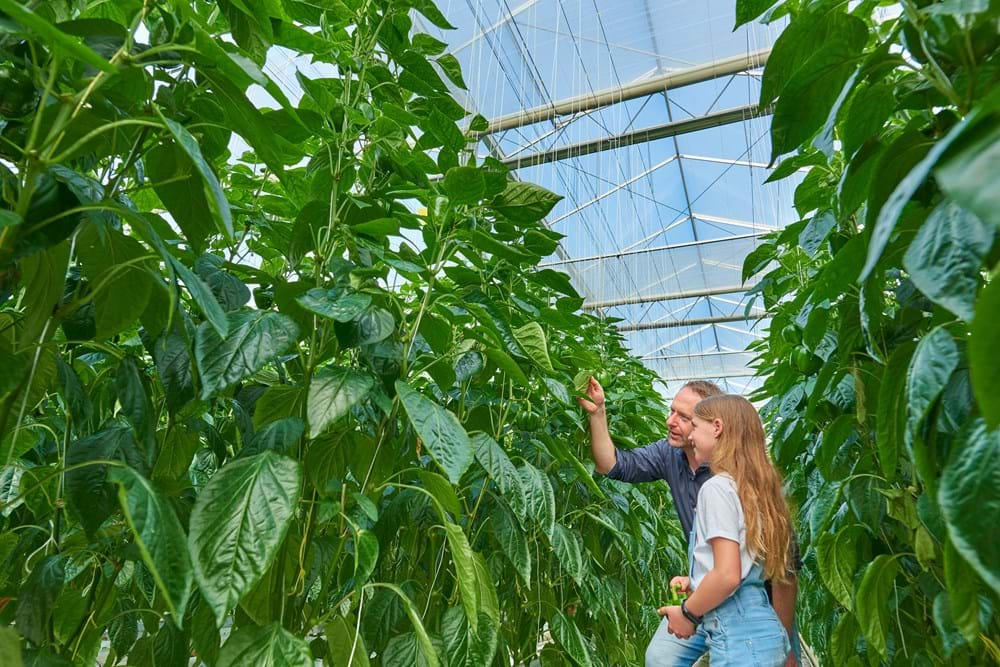Telen&Trends Interview
Luxous Eco important step towards circular greenhouse horticulture
It should be clear: the urgency to make greenhouse horticulture more sustainable is excellent, as is the will to increase sustainability. On the one hand, the pressure rises with new tightened climate plans. On the other hand, greenhouse horticulture has already taken major, sustainable steps. Glasshouse horticulture is the only sector in the manufacturing industry in the Netherlands to achieve all climate targets in 2020.
Entrepreneurship in greenhouse horticulture is characterized by innovation, long-term thinking, and collaboration. Therefore, it is not surprising that the sector is leading sustainability.
Screening has also become an integral part of greenhouse horticulture. Like Leo Oprel (Sr. Policy Officer Ministry of Agriculture, Nature and Food Quality) in his column says: "Screening has become basic equipment." Just like The New Cultivation, Plant Empowerment is the new standard. Using as little energy as possible and making sure that it is used sparingly is the new normal.
In short, sustainable thinking and acting in greenhouse horticulture is no longer a question but a given. The basis for a sustainable future is there.
From linear to circular
The phase we have entered with greenhouse horticulture is the transition from linear thinking to circular thinking. We have saved raw materials by being critical of what we use and how we can use it again. Just as we circulate water, filter, and reuse nutrients.
If we push CO2 back into the greenhouse, it is also time to ensure the production of climate screens is circular.

" We make quality products as efficiently as possible that last as long as possible. And then the challenge of making production circular."
At the moment, 'saving energy' is the first association when we talk about shading and sustainability. Climate screens are mainly used to make greenhouse horticulture more sustainable and use energy and humidity smartly. The next step is to make the screens themselves more sustainable—an essential step in making the climate screen industry circular. And a natural step for our Swedish family business, with our roots in textiles.
As CEO Anne Ludvigson says: "We have a straightforward policy: make more with less. That's our core. Produce as much as possible with as few resources as possible. We make quality products as efficiently as possible that last as long as possible, but the fact remains that we are a textile manufacturer and therefore produce something. Make something. We can optimize that process, and we do. But once the product is there, it is there. And then? Today's challenge is to make production circular."